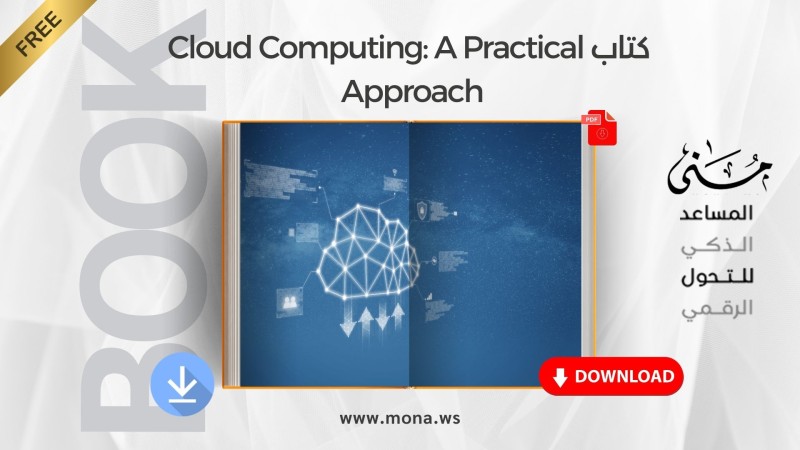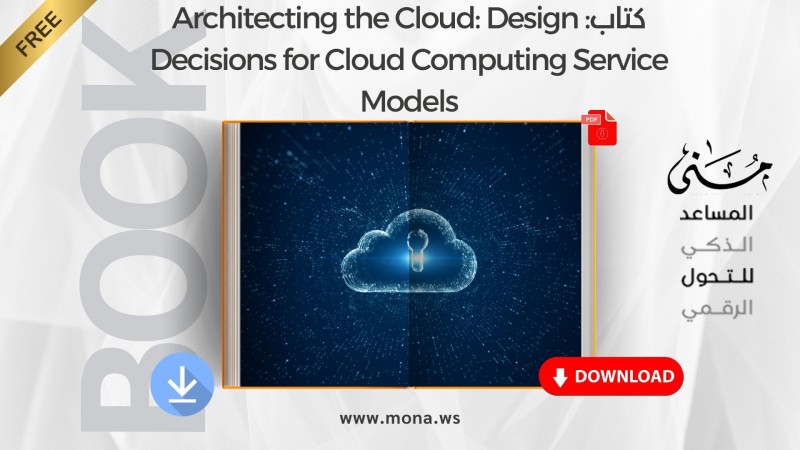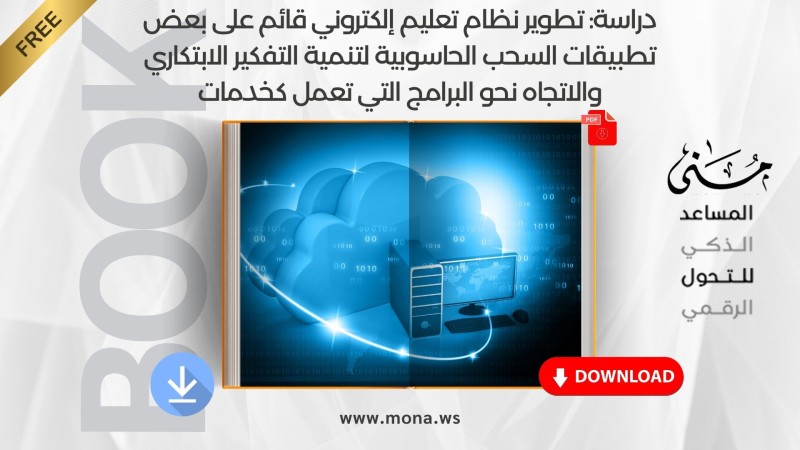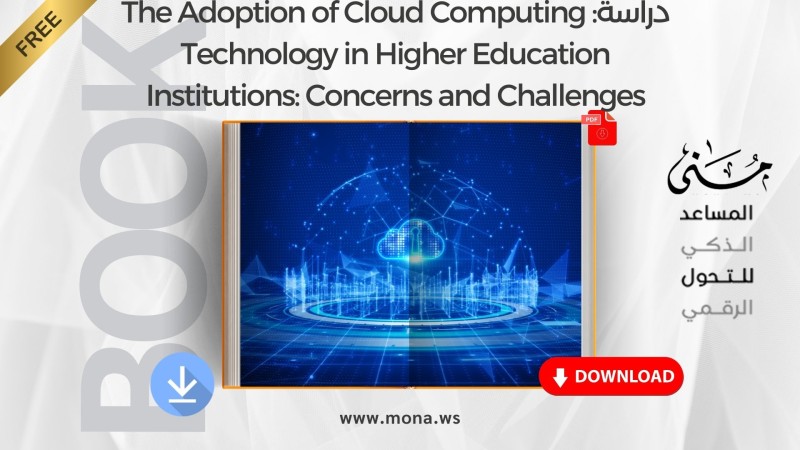Cloud Computing: A Technology Overview and Market Outlook
Official release for 2023
Cloud Computing: A Technology Overview and Market Outlook provides an in-depth look at the technology's components and application areas, examining the ecosystem from a technical, economic, and regulatory perspective, while attempting to explain its global and local dimensions.
Basic models of cloud computing
The book Cloud Computing: A Technology Overview and Market Outlook explains that cloud services fall into three main models:
- Infrastructure as a Service (IaaS)
- Platform as a Service (PaaS)
- Software as a Service (SaaS)
Each model determines the level of control and permissions a user has, and impacts the cost and speed of implementation. These models form the foundation upon which the cloud computing system is built: an overview of the technology and a market outlook.
The five characteristics that distinguish the cloud
Cloud Computing: Technology Overview and Market Outlook explores the essential characteristics of cloud computing, including:
- Self-service on demand
- Global access through the Internet
- Resource pooling and multi-tenant
- Flexibility and reliability
- Pay as you go
Each of these characteristics contributes to making Cloud Computing: A Technology Overview and Market Outlook the ideal choice for organizations seeking efficiency and speed.
Integrated Cloud Market System
Cloud Computing: A Technology Overview and Market Outlook highlights the participants in the cloud computing ecosystem, from suppliers and service providers to partners and end users. It highlights the profound interconnectedness of the value chain and emphasizes that the delivery of any cloud service depends on the interaction of multiple actors with different roles.
The book Cloud Computing: A Technology Overview and Market Outlook forecasts that the market size will rise to more than $1.3 trillion by 2025. The figures show that software as a service continues to hold the largest share, followed by platforms and infrastructure, reflecting companies' preference for quick, turnkey solutions.
Saudi Arabia is paying special attention to cloud computing, driven by the digital transformation goals of Vision 2030. Strong regulations have been introduced, such as the "Cloud First" policy and legislation to localize data and stimulate investment in cloud infrastructure.
Future technical trends
One of the highlights of Cloud Computing: Technology Overview and Market Outlook is the growing trend towards:
- Serverless computingServerless
- Combining cloud and artificial intelligence
- Adopting automation and real-time analytics
All these trends are driving the market towards greater flexibility, lower costs, and enhanced innovation.
Cloud-supported tools and technologies
The book Cloud Computing: A Technology Overview and Market Outlook focuses on the importance of tools such asKubernetes and DevOps, which enable complete control over cloud computing architectures, are currently used to accelerate development and deployment processes, and ensure high availability and reliability in dynamic work environments.
The document discusses the positions of major companies in the cloud computing sector, most notably:
- Amazon AWS
- Microsoft Azure
- Google Cloud
- IBM Cloud
- Oracle
- Alibaba Cloud
Every company has a distinct strategy, whether in terms of services, integration, or global expansion.
Integration of cloud computing and modern technologies
Cloud Computing: Technology Overview and Market Outlook highlights the importance of integrating technologies such as the Internet of Things, data analytics, and smart applications, and emphasizes that the ideal cloud environment accommodates these elements and enables them to be easily implemented within unified and secure platforms.
The document highlights that cloud computing represents a real and indispensable future for the digital economy, and that organizations that invest in this field achieve tangible savings, gain increased flexibility, and are able to compete globally.
Challenges associated with cloud computing
Despite the significant advantages offered by cloud computing, it is not without challenges, most notably cybersecurity and data protection. As data moves from internal systems to open cloud environments, the need for robust controls to prevent breaches and threats emerges, especially with the proliferation of sophisticated digital attacks. Therefore, the document emphasizes the importance of adopting global security standards and encouraging the construction of local data centers to reduce reliance on external entities.
Moving from traditional architecture to the cloud
Cloud Computing: A Technology Overview and Market Outlook emphasizes that the transition from traditional infrastructure to cloud services must be gradual and deliberate, requiring restructuring of the technical architecture, training of personnel, and adjustment of operational policies. The document recommends that organizations start with hybrid cloud solutions, which combine traditional computing and cloud services, before fully migrating to the public or private cloud.
In conclusion, Cloud Computing: A Technology Overview and Market Outlook confirms that the cloud is the future of technology, not just a tool, but an integrated operating culture based on transparency, efficiency, and continuous innovation. Therefore, countries and organizations that recognize this fact and accelerate the development of effective cloud-based strategies will be in a leadership position in the global digital economy.
You can download the book Cloud Computing: Technology Overview and Market Outlook directly from here.
 يمكنك تحميل كتاب الحوسبة السحابية: نظرة عامة على التقنية ونظرة استشرافية على السوق مباشرةً من هنا.
يمكنك تحميل كتاب الحوسبة السحابية: نظرة عامة على التقنية ونظرة استشرافية على السوق مباشرةً من هنا.










Comments
Add New Comment